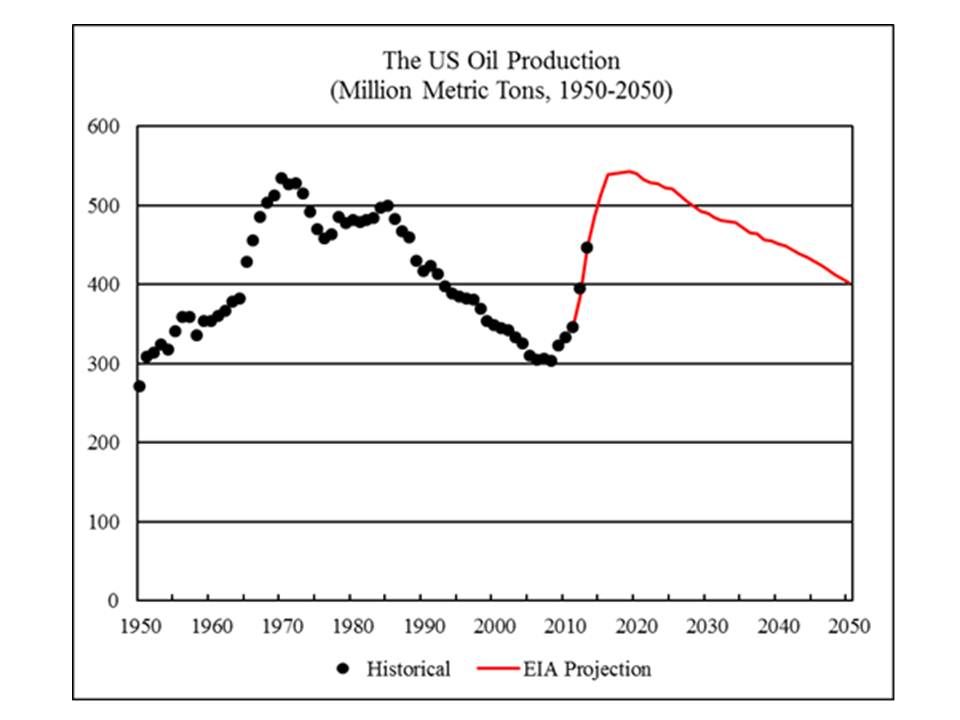A Guest Post by Dr. Minqi Li, Professor
Department of Economics, University of Utah
E-mail: minqi.li@economics.utah.edu
September 2018
This is Part 5 of the World Energy Annual Report in 2018. Links to Part 1 to Part 4 are shown below:
This part of the Annual Report provides updated analysis of world carbon dioxide emissions from fossil fuels consumption, evaluates the future prospect of global warming and considers the implications of global emissions budget (to limit global warming to no more than two degrees Celsius) for economic growth. Figures are placed at the end of each section.
In 2017, fossil fuels (oil, natural gas, coal) accounted for 85 percent of the world primary energy consumption. Consumption of fossil fuels results in emissions of carbon dioxide and other greenhouse gases that contribute to climate change. In 2017, the global average surface temperature anomaly was 1.18ºC (degrees Celsius). The ten-year average global surface temperature anomaly from 2008 to 2017 was 1.00 ºC (NASA 2018). Global surface temperature anomaly is measured by the difference between the global average surface temperature and the average global temperature during 1880-1920. The latter is used as a proxy for the pre-industrial global average temperature (Hansen and Sato 2016).
A scientific consensus has been established that if global average surface temperature rises to and stays above 2ºC higher than the pre-industrial global average temperature, dangerous climate change with catastrophic consequences cannot be avoided. According to Hansen et al. (2016), global warming by more than 2ºC will lead to the melting of West Antarctica ice sheets, causing sea level to rise by 5-9 meters over the next 50-200 years. Bangladesh, European lowlands, the US eastern coast, North China plains, and many coastal cities will be submerged. Further increase in global average temperature may eventually lead to runaway warming, turning much of the world unsuitable for human inhabitation. Read More
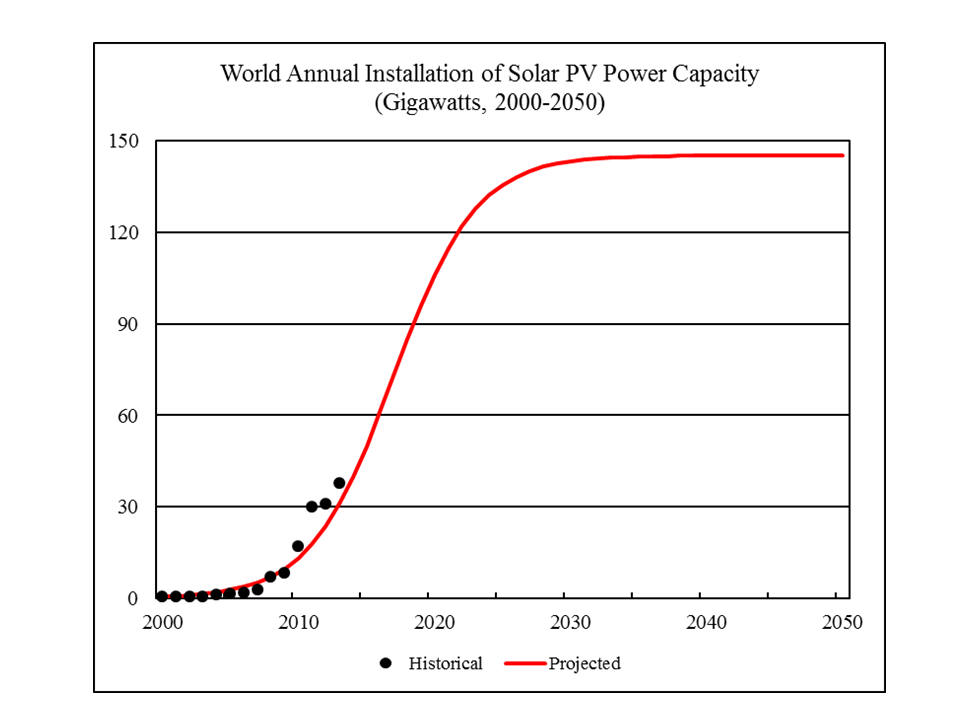
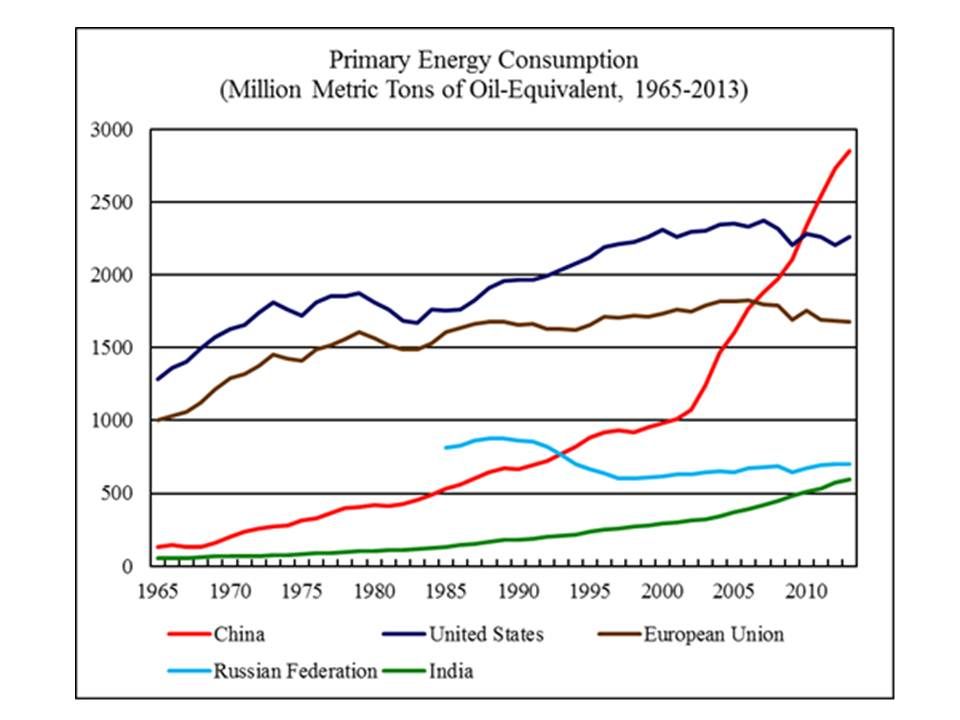
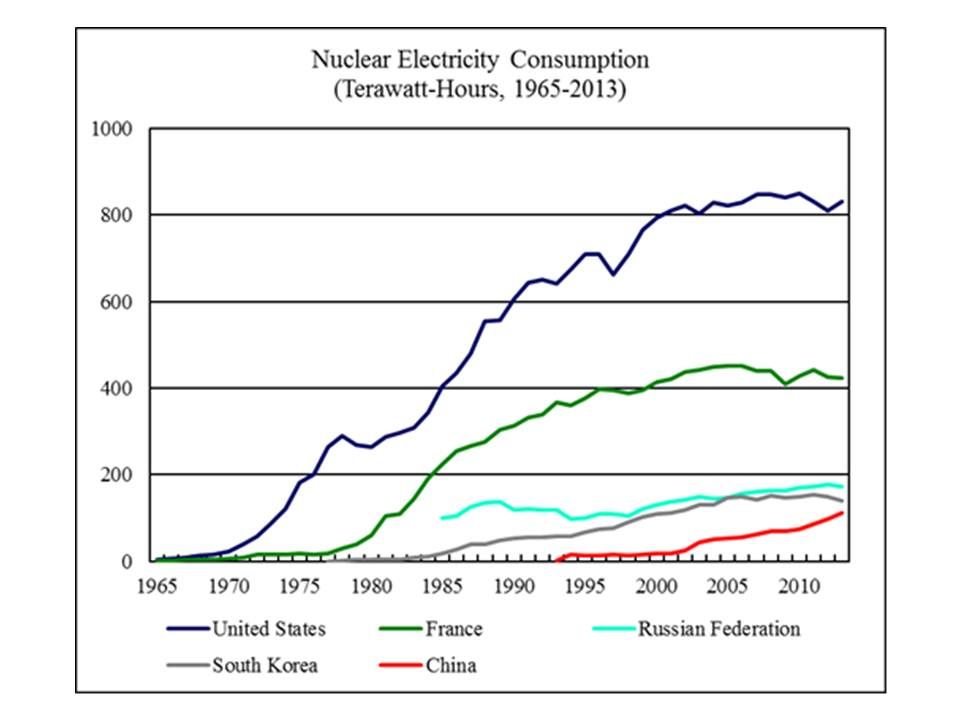 According to the World Nuclear Association, as of January 2014, 375 gigawatts of nuclear electric power plants were operative worldwide. 75 gigawatts were under construction, 187 gigawatts were being planned, and 351 gigawatts were being proposed. World Nuclear Association claims that most planned nuclear power plants are expected to operate within 8-10 years. Assuming that in 10 years, all of the currently constructed and planned nuclear power plants become operative, then in average the world will need to build 26 gigawatts of nuclear power plants a year in the next 10 years. In reality, some delays are inevitable.
According to the World Nuclear Association, as of January 2014, 375 gigawatts of nuclear electric power plants were operative worldwide. 75 gigawatts were under construction, 187 gigawatts were being planned, and 351 gigawatts were being proposed. World Nuclear Association claims that most planned nuclear power plants are expected to operate within 8-10 years. Assuming that in 10 years, all of the currently constructed and planned nuclear power plants become operative, then in average the world will need to build 26 gigawatts of nuclear power plants a year in the next 10 years. In reality, some delays are inevitable.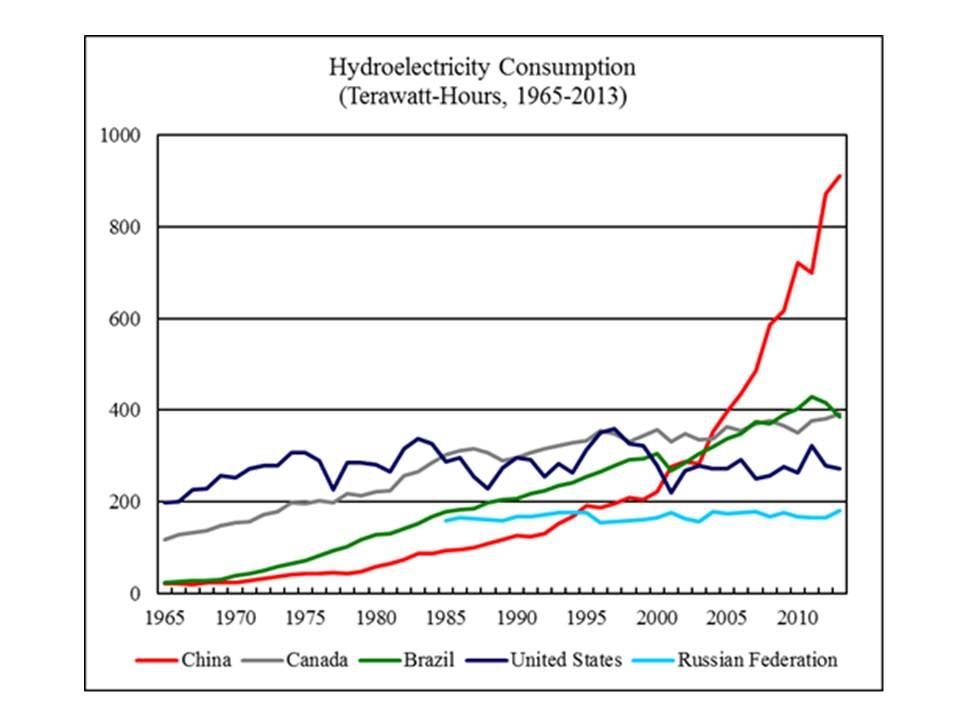 From 2000 to 2013, the average annual growth of world hydroelectricity consumption was about 90 terawatt-hours (20 million metric tons of oil-equivalent). I assume that world hydroelectricity consumption will rise to 880 million metric tons of oil-equivalent in 2014 and will keep growing by 20 million metric tons of oil-equivalent each year from 2015 to 2050.
From 2000 to 2013, the average annual growth of world hydroelectricity consumption was about 90 terawatt-hours (20 million metric tons of oil-equivalent). I assume that world hydroelectricity consumption will rise to 880 million metric tons of oil-equivalent in 2014 and will keep growing by 20 million metric tons of oil-equivalent each year from 2015 to 2050.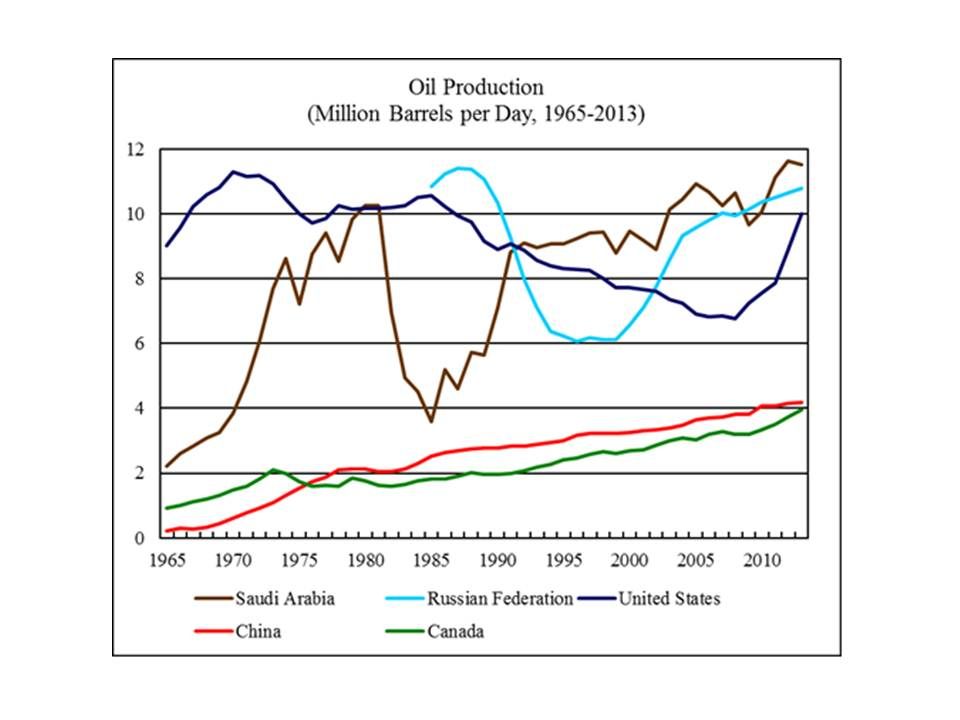 As of 2013, world “proved” oil reserves stood at 238 billion metric tons, 1.0 percent higher than the “proved” oil reserves in 2012.
As of 2013, world “proved” oil reserves stood at 238 billion metric tons, 1.0 percent higher than the “proved” oil reserves in 2012.